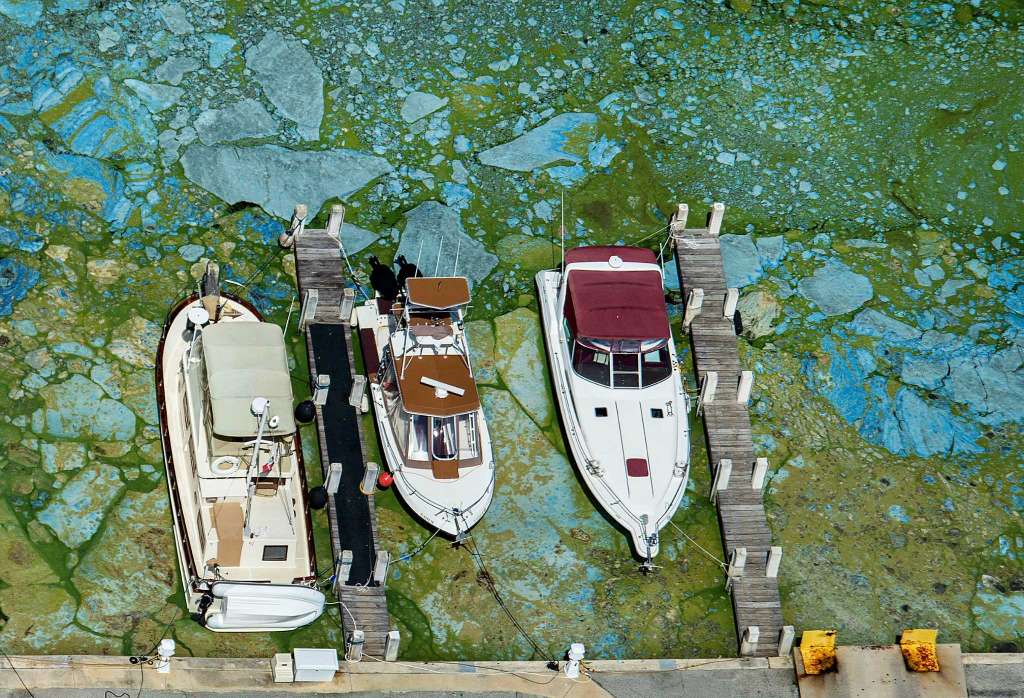
We can all agree the toxic algae blooms plaguing the Treasure Coast are a tragedy that needs to be fixed. No one living in any community should have to experience the type of algae we have seen in recent weeks. But the relentless clamoring of environmental activists, who say the solution lies in taking land more than 50 miles to the south, is guided by a self-serving environmental concern that puts the interests of the people in coastal communities over those living in the rural areas between the interstates.
Case in point: Do we really want to heed the activists’ call and send this algae-laden water south to America’s treasure, Everglades National Park? Such a move would reverse decades of progress, where today 90 percent of the water is meeting stringent federal standards – a success story the activists never want to talk about.
Buying or taking productive farmland south of the lake to alleviate algae blooms and stop the discharges from Lake Okeechobee simply isn’t backed up by real science – and yet the activists pushing it never have to answer for this.
It would cost tens of billions of dollars, diverting precious financial resources away from a slate of projects that are making or will make a real difference. It also wouldn’t have prevented the algae crisis.
The blue-green algae that has plagued the Indian River Lagoon and beaches on the Treasure Coast is the result of several complex factors that scientists have thoroughly documented over the years: thousands of aging septic tanks on and around the lagoon that dump human waste into the water, local urban runoff and the effects of the lake discharges that have sent billions of gallons of nutrient-laden water, flowing from north of the lake, to the lagoon.
We should be focusing on real solutions instead of the bumper-sticker slogans repeated by activists that aren’t backed up by science. We should accelerate current state and federal projects that allow for more storage and treatment of water north, east and west of the lake. We should move as quickly as possible to get septic tank owners hooked up to municipal sewer systems, so that people can literally stop flushing their toilets into the lagoon. This is a regional problem, but residents on the Treasure Coast must acknowledge that they bear some responsibility for the algae crisis too.
The scientific data from the South Florida Water Management District is crystal clear: more than 95 percent of the water and nutrients that are flowing into Lake Okeechobee, and then being released in the discharges, come from the north, east and west – not the south.
If the goal is truly to clean water, restore the Everglades, and greatly reduce or stop the discharges when more cost effective solutions are available in a timelier manner, why do those pushing the land grab refuse to have an intelligent conversation about it? For some reason, it seems the focus is more about buying the land south of the lake than actually correcting the problems.
When the algae blooms began, why were environmental activists so quick to blame farmers and rural communities nowhere near the source of water or pollution into the lake? Why is it that farmers and hard-working families living south of the lake are the ones pressured to give up the land that fuels their economy and jobs? Why are they called upon to be 100 percent of the solution? Also, why are these activists cherry-picking the algae blooms in South Florida and ignoring them in other parts of the state, including North Florida? The answer is because there are no sugarcane farmers to blame in Panama City.
The truth is, some key environmental activists hate the existence of agriculture south of the lake and are hell-bent on putting farmers out of business. These activists couldn’t care less about the role that agriculture plays in creating good jobs, sparking economic prosperity in rural towns, and feeding Florida families and the country.
While Treasure Coast residents understandably want action to prevent future toxic algae blooms, this crisis is once again being co-opted as a rallying cry to buy land south of the lake by a small group of rich, coastal elites who do not care about the science or the well-being of the people living south of Lake Okeechobee. We should be all in this together, rather than trying to pit one region against another.
J.P. Sasser is the former Mayor of the City of Pahokee.




One comment
William J Jacobs
July 11, 2016 at 12:48 pm
i would be interested in learning what part or the agriculter area play in the algee problem ?also these problems with septic systems going into the water need to be dealt with immediately there is no sane excuse today for this to keep going on .i lived in an area in TX where this was a problem but them the property owners were forced to stop this even if they had to install a holding tank.this practice should be just unacceptable today not in the future !
Comments are closed.